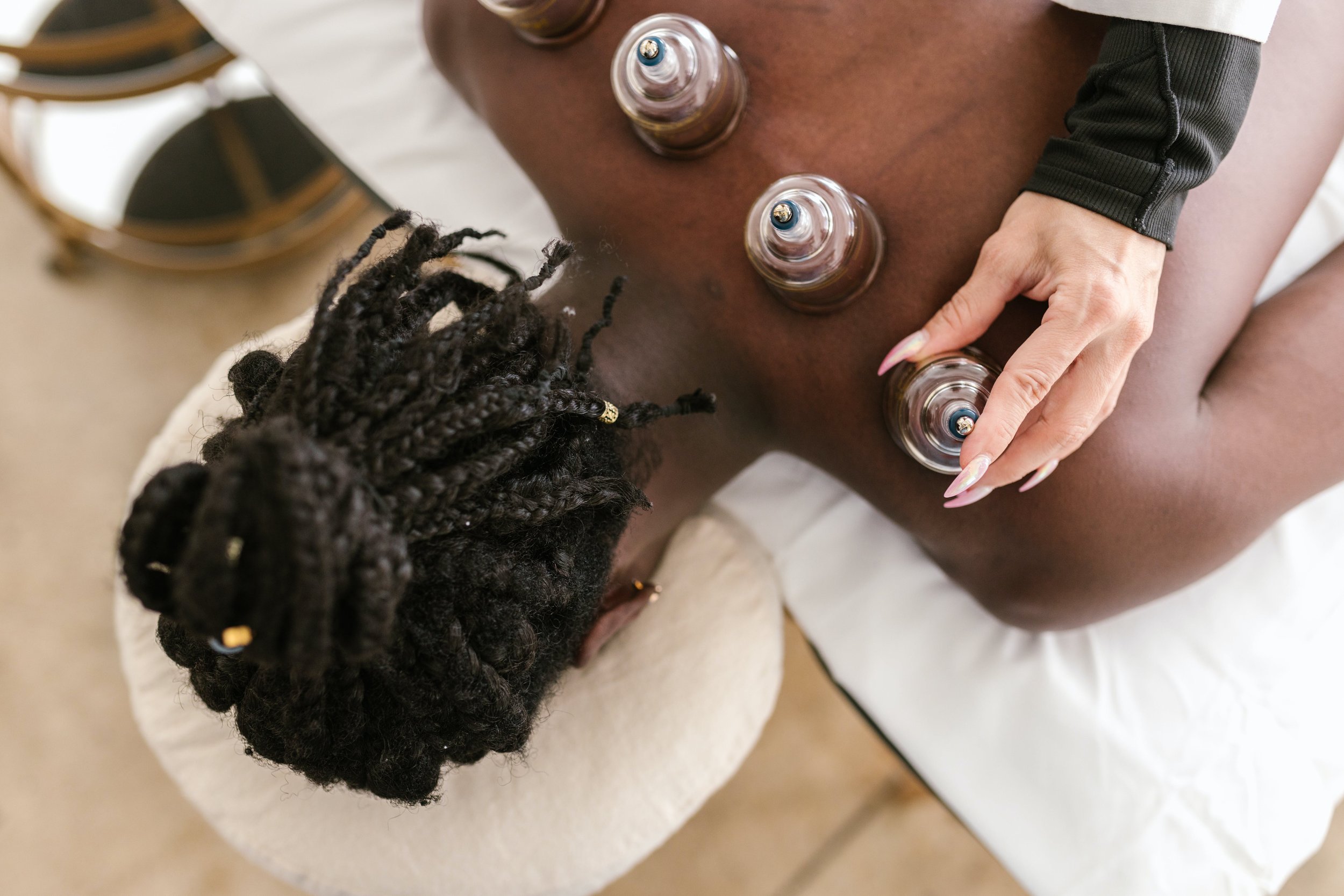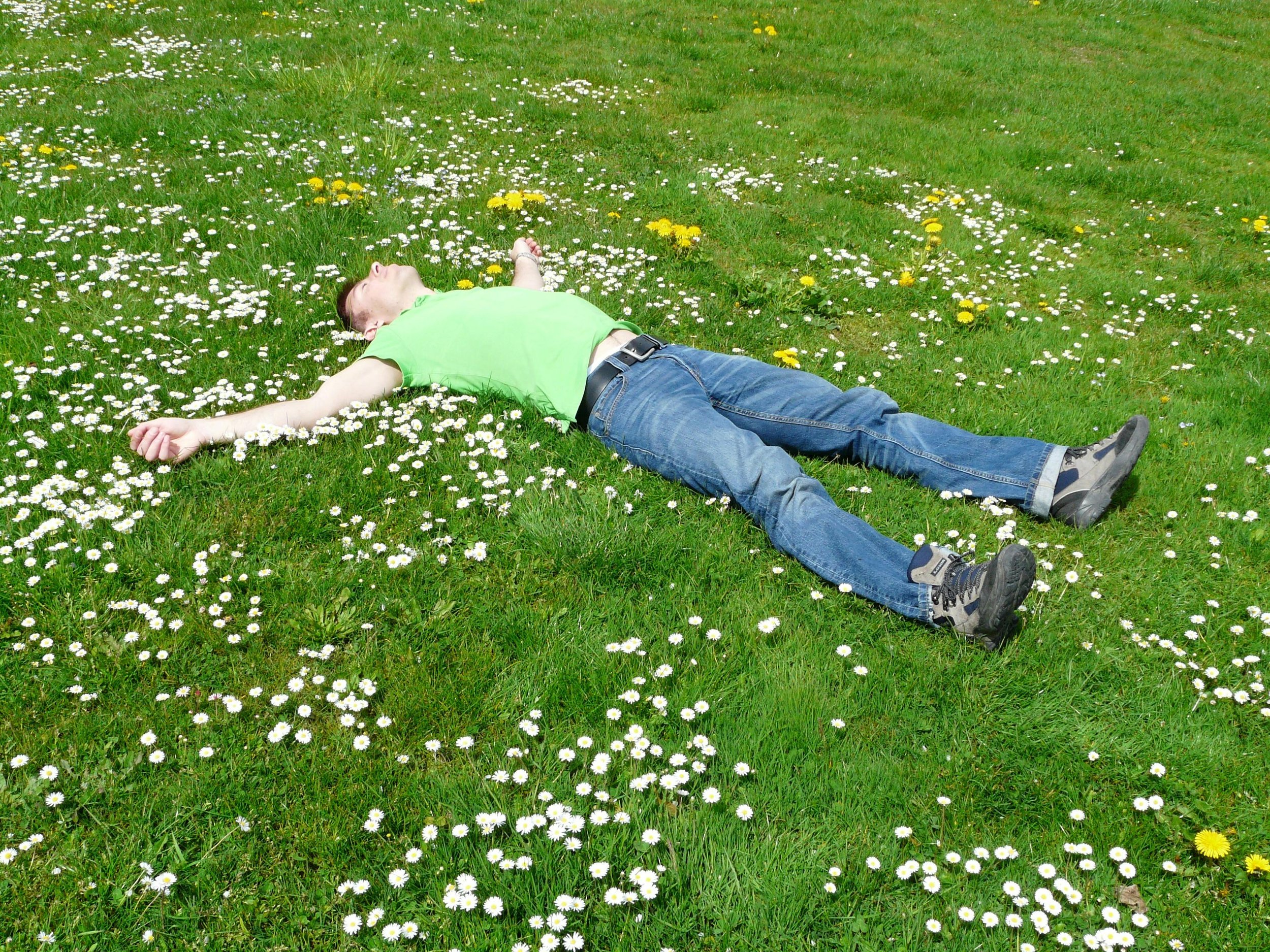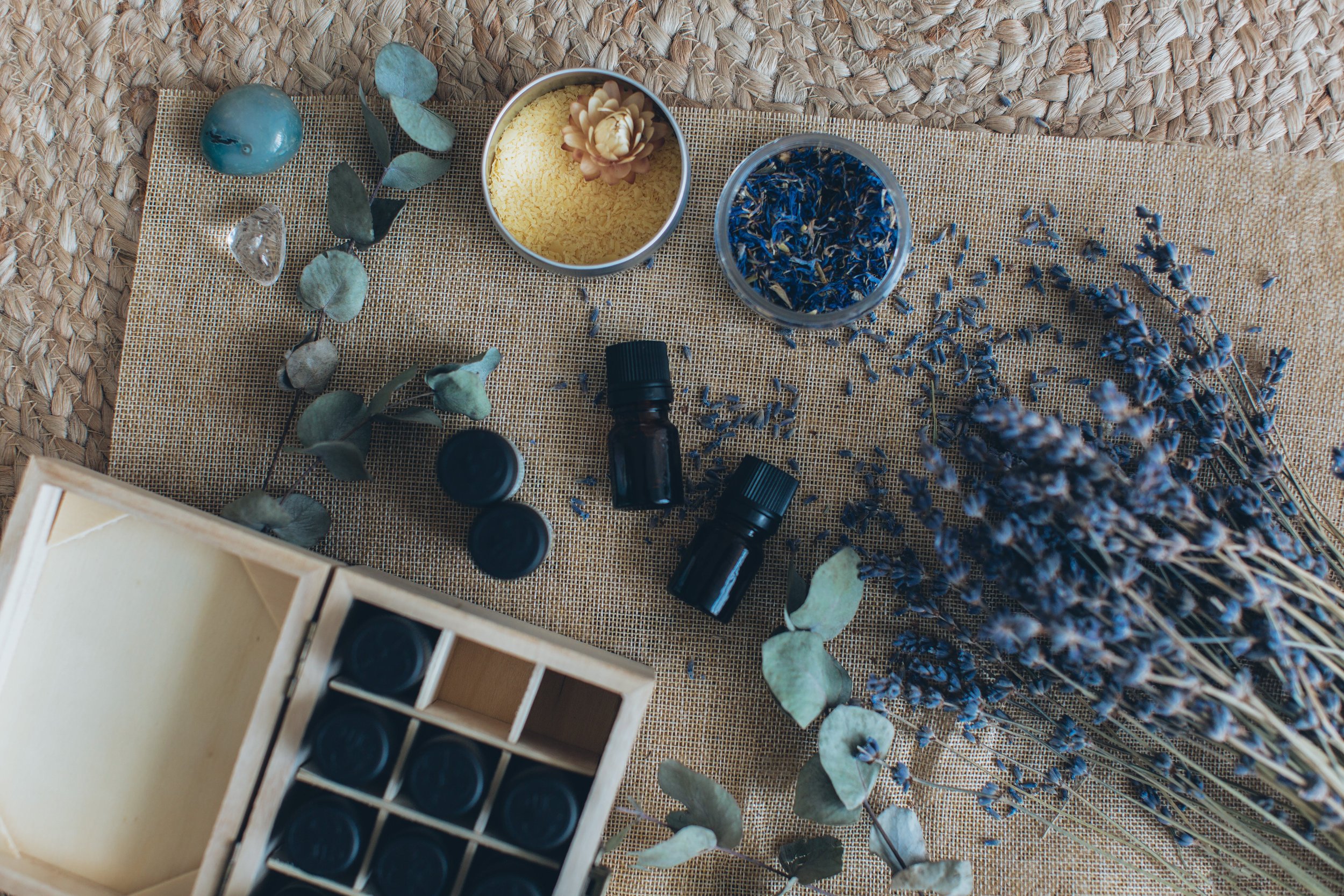
What is Complementary and Alternative Medicine (CAM)?
The National Center for Complementary and Alternative Medicine (NCCAM), which is the largest government agency researching complementary and alternative medicine in the United States, defines complementary and alternative medicine (CAM) as “a group of diverse medical and health care systems, practices, and products that are currently not integrated into conventional medicine.”

Guided Imagery 101
Also commonly called mental imagery or guided visualization, guided imagery is a form of CAM that involves external instruction guiding participants to shift their focus away from distressing thoughts, feelings, sensations, or memories by asking them to actively imagine enjoyable scenes or scenarios. For example, participants may be asked to listen to a story, feel a particular emotion, or visualize a nature-based scene, healing light, or any image that would feel comforting.

Progressive Muscle Relaxation 101
Progressive muscle relaxation (PMR) is a form of complementary and alternative medicine (CAM) that was developed by Dr. Edmund Jacobson in 1938. PMR is a simple-to-learn technique that teaches people to distinguish between feelings of tension and relaxation within their body. The process of PMR involves systematically contracting different muscles of the body and consciously holding the tension for 5-15 seconds before releasing the tension and consciously relaxing the same muscles for 10-20 seconds.

Aromatherapy 101
Humans have sought out plants for their healing benefits for millennia. Although the term “aromatherapy” was coined by a French chemist (René-Maurice Gattefossé) in 1928, the practice of aromatherapy has been utilized throughout Egypt, India, and China for thousands of years. Aromatherapy is a compound word that consists of “aroma,” which means fragrance, and “therapy,” which means treatment. Aromatherapy is a form of complementary and alternative medicine (CAM) that involves the therapeutic or medicinal use of essential oils.